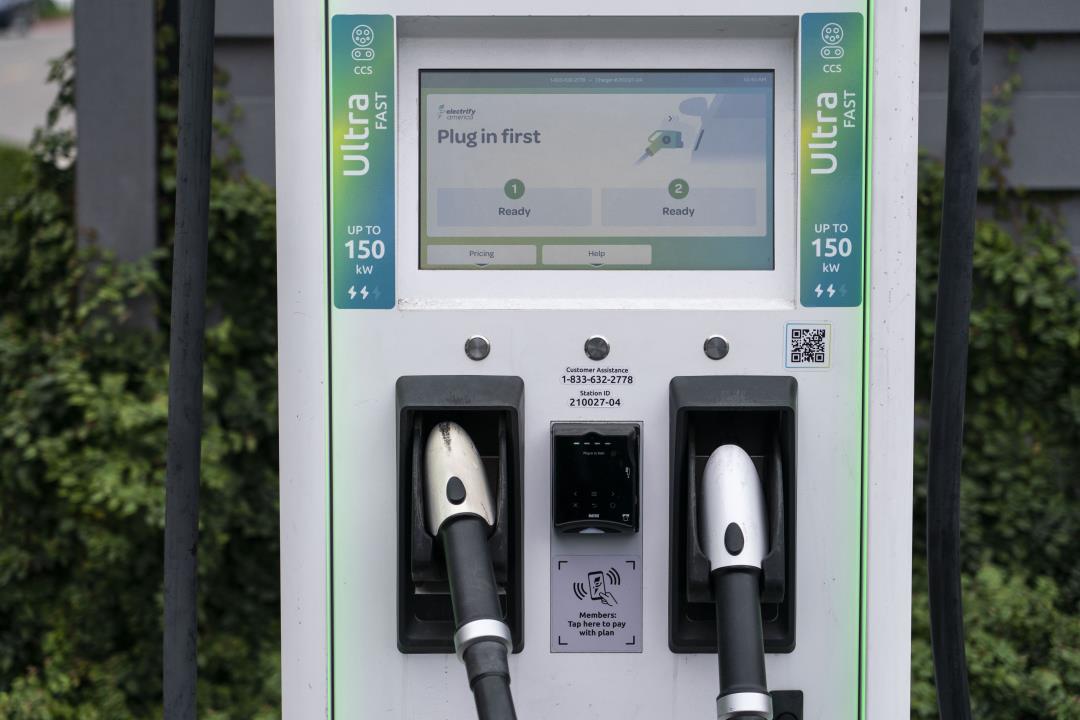
Hyundai and Kia have announced that they will be adopting the North American Charging Standard (NACS) ports for their electric vehicles in the US and Canada. This move will allow their vehicles to access thousands of Tesla Superchargers across the two countries and Mexico. Tesla’s Superchargers are highly sought after by other automakers due to their extensive network and prime locations along major travel routes. Hyundai Motor North America has stated that new Hyundai electric vehicles in the US will come equipped with the NACS port starting in the fourth quarter of 2024. The port will be available in Canada during the first half of 2025. Genesis, Hyundai’s luxury brand, will also incorporate the NACS ports in their vehicles.
Kia has also confirmed its plans to integrate the NACS port into new electric vehicles sold in the US, Canada, and Mexico, starting in the fourth quarter of next year. “Having this type of widespread access to chargers will undoubtedly enhance customer satisfaction, elevate the electric vehicle ownership experience, and enable drivers to reach more destinations across the continent using electricity,” says SeungKyu (Sean) Yoon, president & CEO of Kia North America and Kia America. Hyundai and Kia electric vehicles with NACS ports will be able to utilize over 12,000 Tesla Superchargers throughout the US, Canada, and Mexico. This will effectively double the size of the DC fast-charging network available to Hyundai electric vehicle customers. The Tesla network will also support the charging speeds of Hyundai’s advanced Electric-Global Modular Platform vehicles, including the IONIQ 5, IONIQ 6, and the upcoming IONIQ 7.
Tesla’s electric vehicle plug has been inching closer to becoming the industry standard. In June, SAE International announced its plans to establish performance standards for Tesla’s electric vehicle charging cords. Shortly after this announcement, Ford, General Motors, and Rivian revealed their intentions to join Tesla’s extensive Supercharger network and adopt the NACS connector in new versions of their electric vehicles. Volvo Cars has also agreed to join the Tesla network. “This new alliance will give Hyundai EV owners confidence in their ability to conveniently charge their vehicles and complements our joint venture company to create a new, high-powered charging network with at least 30,000 stations across North America,” says Jose Munoz, president and global COO of Hyundai Motor Co. and president and CEO of Hyundai Motor North America.
story continues below
Owners of current and future Hyundai electric vehicles with the existing Combined Charging System will gain access to the Tesla Supercharging network starting in the first quarter of 2025. Hyundai will provide an adapter to these customers and will also offer adapters for charging NACS-equipped vehicles at Combined Charging System chargers. Kia plans to have adapters available at its dealerships by the first quarter of 2025 as well. This partnership with Tesla will further expand Hyundai’s charging network. The company previously announced collaborations with six global automakers to develop a high-powered charging network, with the first US stations set to open in the summer of 2024 and later in Canada. (Read more charging stations stories.)
Denial of responsibility! Vigour Times is an automatic aggregator of Global media. In each content, the hyperlink to the primary source is specified. All trademarks belong to their rightful owners, and all materials to their authors. For any complaint, please reach us at – [email protected]. We will take necessary action within 24 hours.


